| Title | Microbreaking and the enhancement of air-water transfer velocity |
| Publication Type | Journal Article |
| Year of Publication | 2004 |
| Authors | Zappa, CJ, Asher, WE, Jessup, AT, Klinke, J, Long, SR |
| Journal | J. Geophys. Res. |
| Volume | 109 |
| Pagination | C08S16 |
| Abstract | The role of microscale wave breaking in controlling the air-water transfer of heat and gas is investigated in a laboratory wind-wave tank. The local heat transfer velocity, k_H , is measured using an active infrared technique and the tank-averaged gas transfer velocity, k_G , is measured using conservative mass balances. Simultaneous, colocated infrared and wave slope imagery show that wave-related areas of thermal boundary layer disruption and renewal are the turbulent wakes of microscale breaking waves, or microbreakers. The fractional area coverage of microbreakers, A _B , is found to be 0.1-0.4 in the wind speed range 4.2-9.3 m s-1 for cleaned and surfactant-influenced surfaces, and k_H and k_G are correlated with A _B . The correlation of k_H with A_B is independent of fetch and the presence of surfactants, while that for k_G with A_B depends on surfactants. Additionally, A_B is correlated with the mean square wave slope, , which has shown promise as a correlate for k_G in previous studies. The ratio of k_H measured inside and outside the microbreaker wakes is 3.4, demonstrating that at these wind speeds, up to 75% of the transfer is the direct result of microbreaking. These results provide quantitative evidence that microbreaking is the dominant mechanism contributing to air-water heat and gas transfer at low to moderate wind speeds. |
| DOI | 10.1029/2003JC001897 |
| Citation Key | zappa2004 |


